eins, zwei, drei
food detective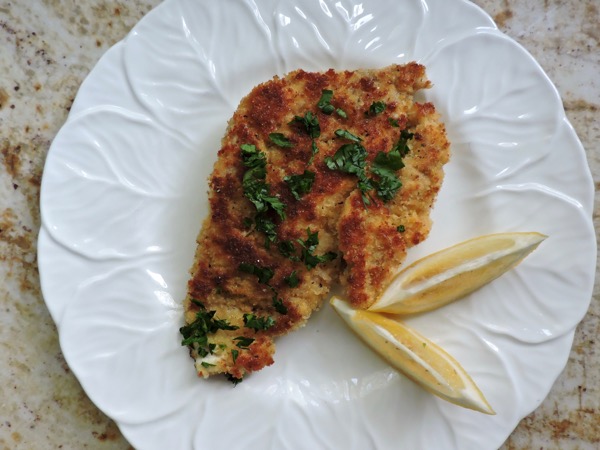
How about a little schnitzel just in time for Oktoberfest? Sounds complicated, but really it’s as easy as one, two, three.
What’s key is choosing a chicken breast that’s not too big. I’m not sure when someone thought it was a good idea to offer up chicken breasts that resemble those of a small turkey. They are unwieldy, difficult to cook properly, and frankly a bit grotesque. I often find myself rifling through the refrigerator case at the grocery store trying to find one with a desirable weight, by the time I’m finished it resembles a Feline’s Basement sales bin. A proper chicken breast half should weigh between four to six ounces.
The next thing to know is that almost every chicken breast is enhanced with a slight pounding. The point is to make the majority of the breast the same thickness. That means it will cook evenly. Which means you most likely will need a mallet.
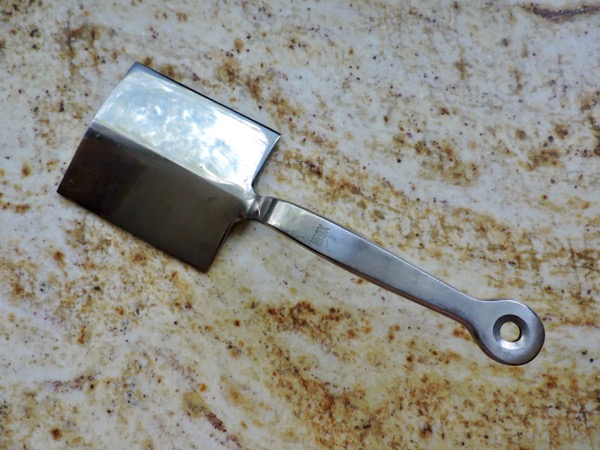
I purchased by meat mallet at Bridge Kitchenware when I lived in New York City decades ago. Sadly, Bridge has closed its retail doors, but I’m Sur la Table and William Sonoma have ones that will fit the bill. You want it to be heavy with a large flat surface. Yes, it does take up precious real estate in my kitchen drawer, but I use it at least once a week. And I find giving meat a little thump makes it more tender. Don’t try to pound any meat with those awful wooden cubes that are flat on two sides and spiked on the other. While it might work on ice, it will destroy any good cut of meat. If you don’t feel like investing in a quality metal mallet, ask your butcher at your grocery store to please do pound your meat to the desired thickness for you. Butchers are the absolute best! They wouldn’t have a little bell on their counter if they didn’t want you to ask them for favors.
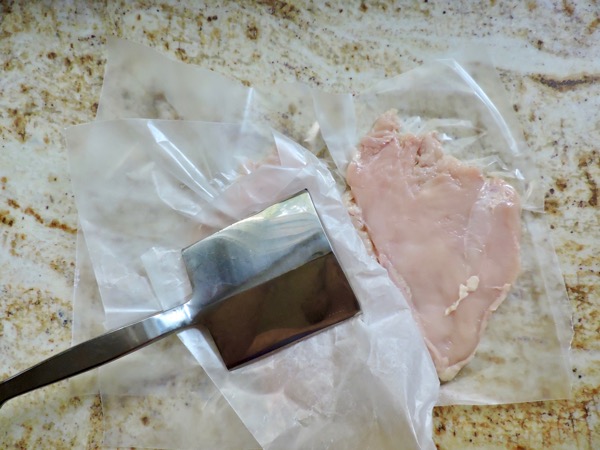
For the chicken schnitzel separate the chicken breasts, and if necessary discard the tenders. Place the breasts between two sheets of waxed paper. With a heavy metal mallet gently pound the meat to a 1/4 to 1/8-inch thickness. Season the chicken breasts with salt and pepper.
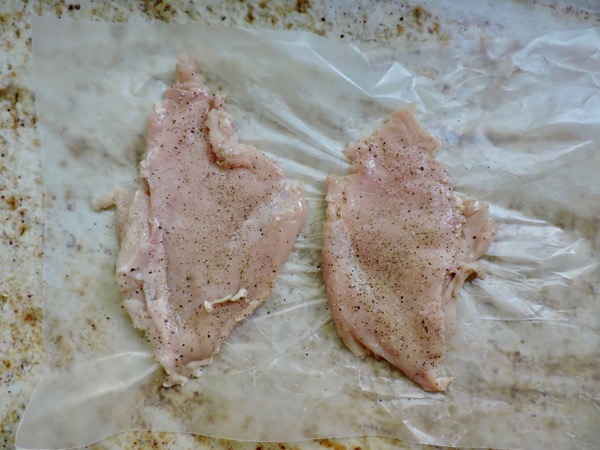
Line a small rimmed baking sheet with waxed paper or a baking rake and set aside.
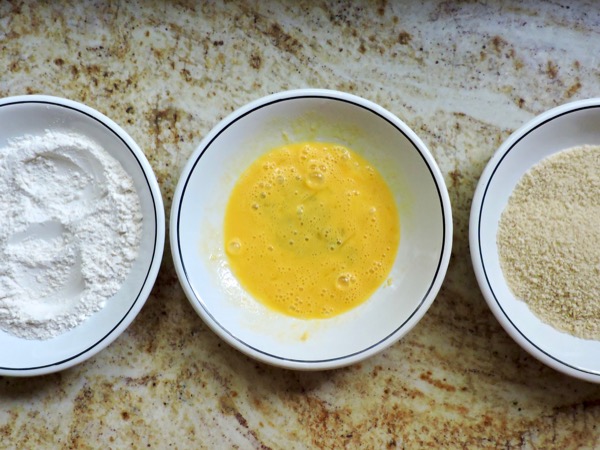
In the first of three flat bowls, place the flour.
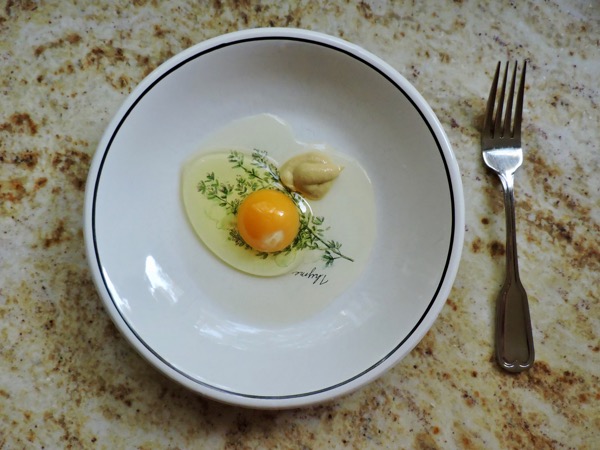
In the second beat the eggs and Dijon mustard to blend. In the third place one cup of the panko.
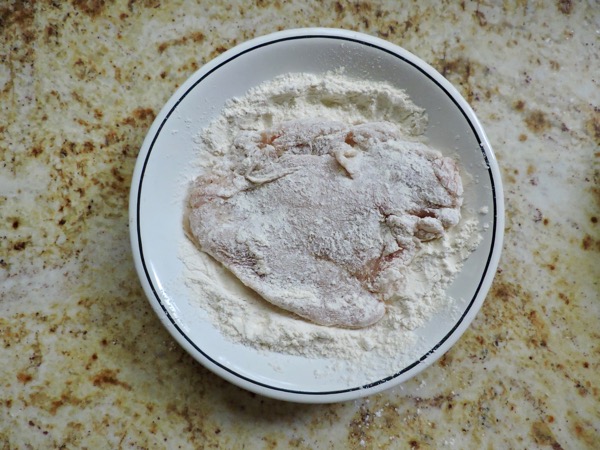
Working with one chicken breast at a time, dredge in flour, shaking off excess.
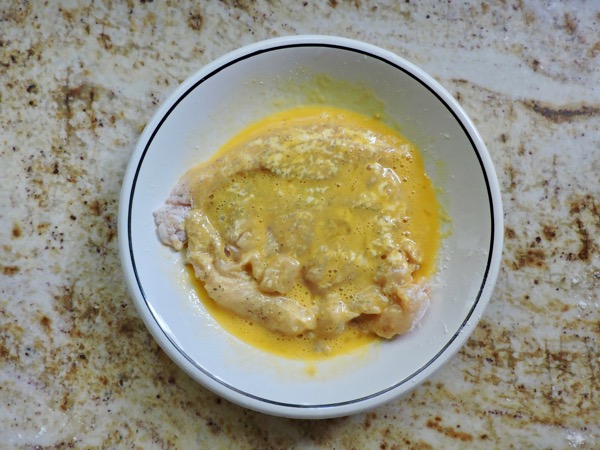
Then dip into egg mixture, turning to coat evenly.
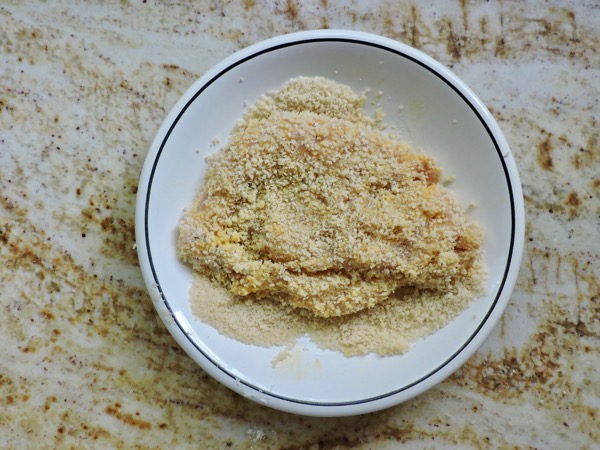
Carefully coat with panko, pressing the panko gently to adhere to chicken.
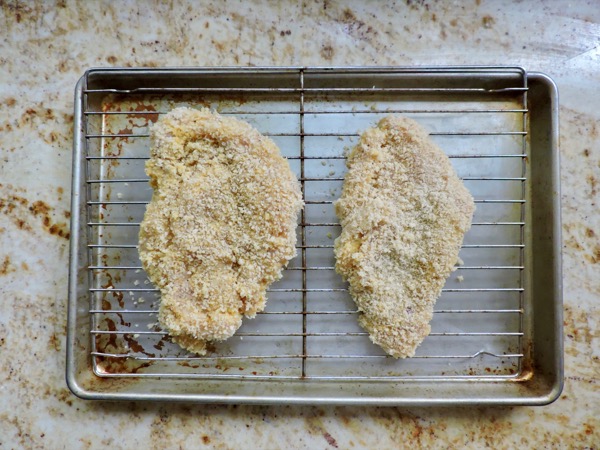
Transfer chicken to prepared baking sheet. (The chicken breasts can be coated several hours ahead of time. Cover with foil and refrigerate. Bring to room temperature before cooking.)
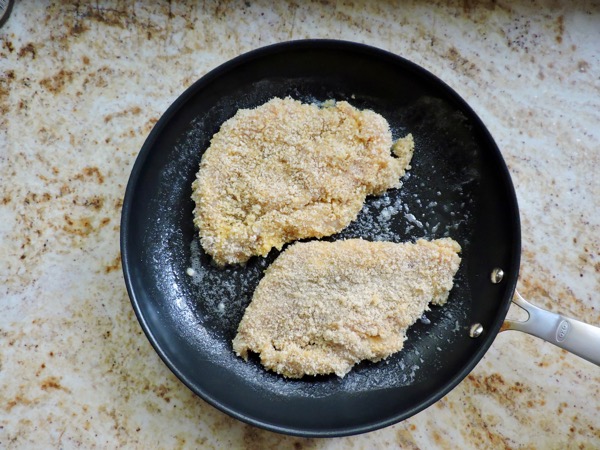
Heat 1 tablespoon oil and one tablespoon butter in a large skillet over medium-high
heat (pan should be large enough to hold two breasts).
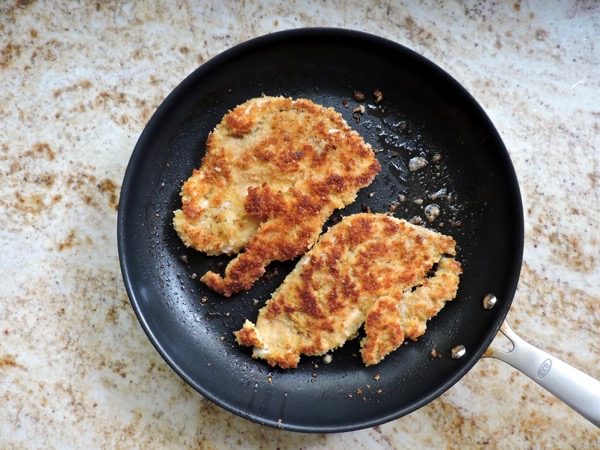
Add the chicken breasts to the skillet and cook until golden brown on both sides, about 8-10 minutes.
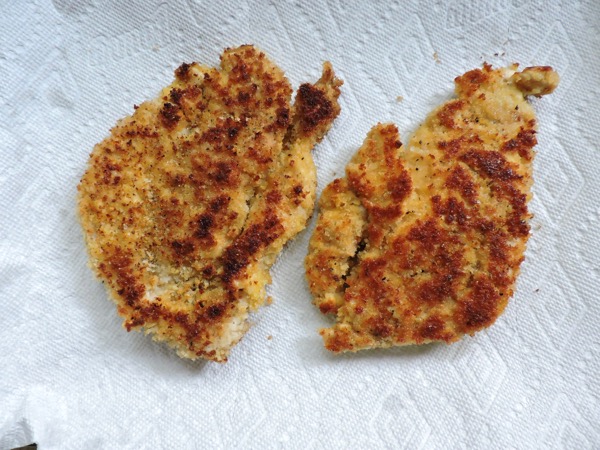
Transfer the chicken breasts to a paper towel-lined plate and season with salt. Place the chicken breasts on plates and garnish each with freshly chopped parsley and a lemon wedge.
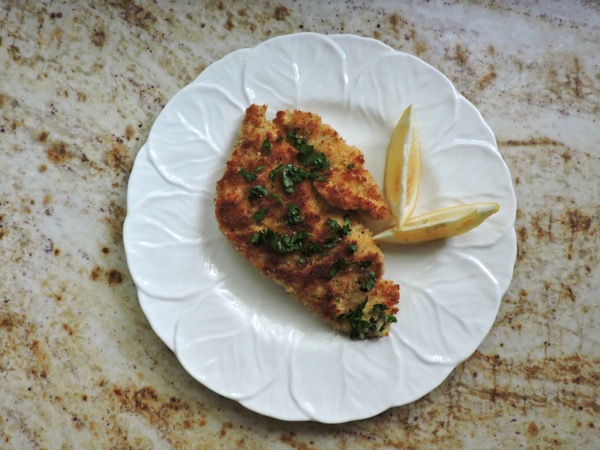
Prost!
 Wherever I find myself, I’m happiest with a full dining room table. As a former professional chef and caterer I want to share what I’ve learned over the past three decades of entertaining. On this site you’ll find tricks of the trade to help even the most harried of you pull off a seemingly seamless fête. Come join the conversation!
Wherever I find myself, I’m happiest with a full dining room table. As a former professional chef and caterer I want to share what I’ve learned over the past three decades of entertaining. On this site you’ll find tricks of the trade to help even the most harried of you pull off a seemingly seamless fête. Come join the conversation!